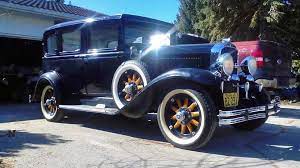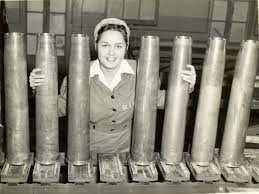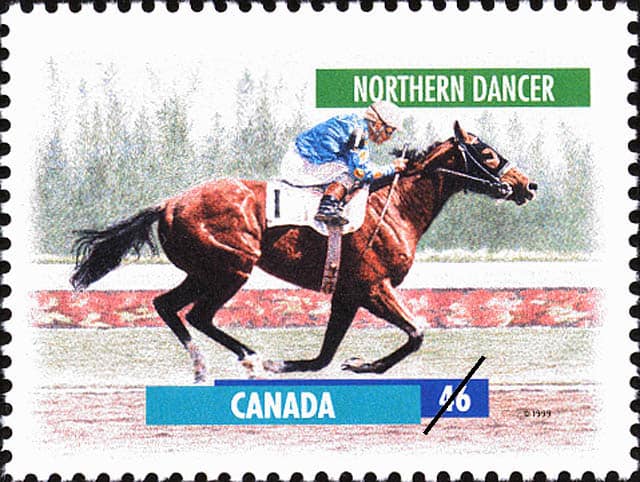Innovation in Durham timeline (Part 2) – From GM and the Rockex to Oshawa’s Northern Dancer
Published October 21, 2021 at 9:31 am

While hand-built horse-drawn carriages for the wealthy was considered innovative in 1864, it was Robert McLaughlin’s son – to be known as ‘Colonel Sam’ McLaughlin – who took innovation to a new level with the development of the McLaughlin-Buick motor car and the birth of General Motors Canada.
From GM to the opening of Durham College and beyond, Durham Region continued to rely on its inventions and business innovation to fuel its growth in the 20th century.
This is Part 2, in partnership with Invest Durham, in a look at how entrepreneurs put Durham on the map and how innovation continues to drive the region’s development in the 21st century.
Change won’t be driven by “a few heroic entrepreneurs or innovative geniuses,” declared Invest Durham, nor will it be driven solely by investors. “It will take all of these players, and more, working together.”
1907
McLaughlin Motor Car Company Robert McLaughlin & Sons rebrands as McLaughlin Motor Car Company, eventually selling the carriage business to make way for automobile production at their Oshawa plant.
1918
General Motors of Canada Sam and George McLaughlin become the first executives of General Motors of Canada, after the merging of their company McLaughlin Motor Car Company with Chevrolet and General Motors. General Motors of Canada built their first offices on Richmond Street in Oshawa.
1940s
The Rockex Professor and electrical engineer and future Ajax Mayor Benjamin deForest ‘Pat’ Bayly, invents an offline one-time tape cipher machine called the Rockex at the secret military intelligence base Camp X, located between Whitby and Oshawa. The Rockex was a solution to slower existing equipment, and handled transatlantic communications quickly and securely during World War II.

1941
Defence Industries Limited The largest shell-filling plant in the British Commonwealth, Defence Industries Limited, is established in Ajax to provide supplies for the Allies in World War II. More than 2,300 women from across Canada worked in the munition factory. The contributions of women at this Ajax facility later inspired the award-winning television series “Bomb Girls”.
1960
Port of Oshawa The port is the only seaway depth harbour on Lake Ontario between Toronto and Montreal. On average, Oshawa’s port handles $23 million dollars worth of cargo annually, from salt and steel products to asphalt and grain.
1967
Durham College The college has become known as a leading post-secondary destination and was named one of Canada’s Top 50 Research Colleges for six straight years, from 2012 to 2018. Today, Durham College enrolls more than 13,000 full-time students, including 1,900 international students from 75 countries.
1971
Pickering Nuclear Generating Station The Nuclear Generating Station in Pickering begins operations, starting the facility’s run as one of the largest and safest nuclear stations in the world.
1978
Pre-hospital Cardiac Care Services in Oshawa Oshawa becomes the first city in Ontario to provide pre-hospital cardiac care services. The program allowed paramedics to obtain faster diagnoses in the field, and prepared emergency staff at the hospital to respond—ultimately saving more patients and reducing the impacts of heart attacks.

1960s, 1970s, 1980s, 1990s
Northern Dancer and Windfields Farms Edward Plunket Taylor, a businessman, philanthropist and race horse breeder, produces Northern Dancer at Windfields Farm in Oshawa, who would go on to win the Kentucky Derby and Preakness Stakes, as well as the Queen’s Plate, in 1964. But the Dancer’s real fame, and that of the Windfield Farms operation in Oshawa, came after he was retired to stud. By the 1980s, Northern Dancer, the first animal to be inducted into the Canadian Sports Hall of Fame, was the most sought-after sire in the world. Today, nearly every horse competing in the Kentucky Derby is a descendant of Northern Dancer.
insauga's Editorial Standards and Policies advertising





